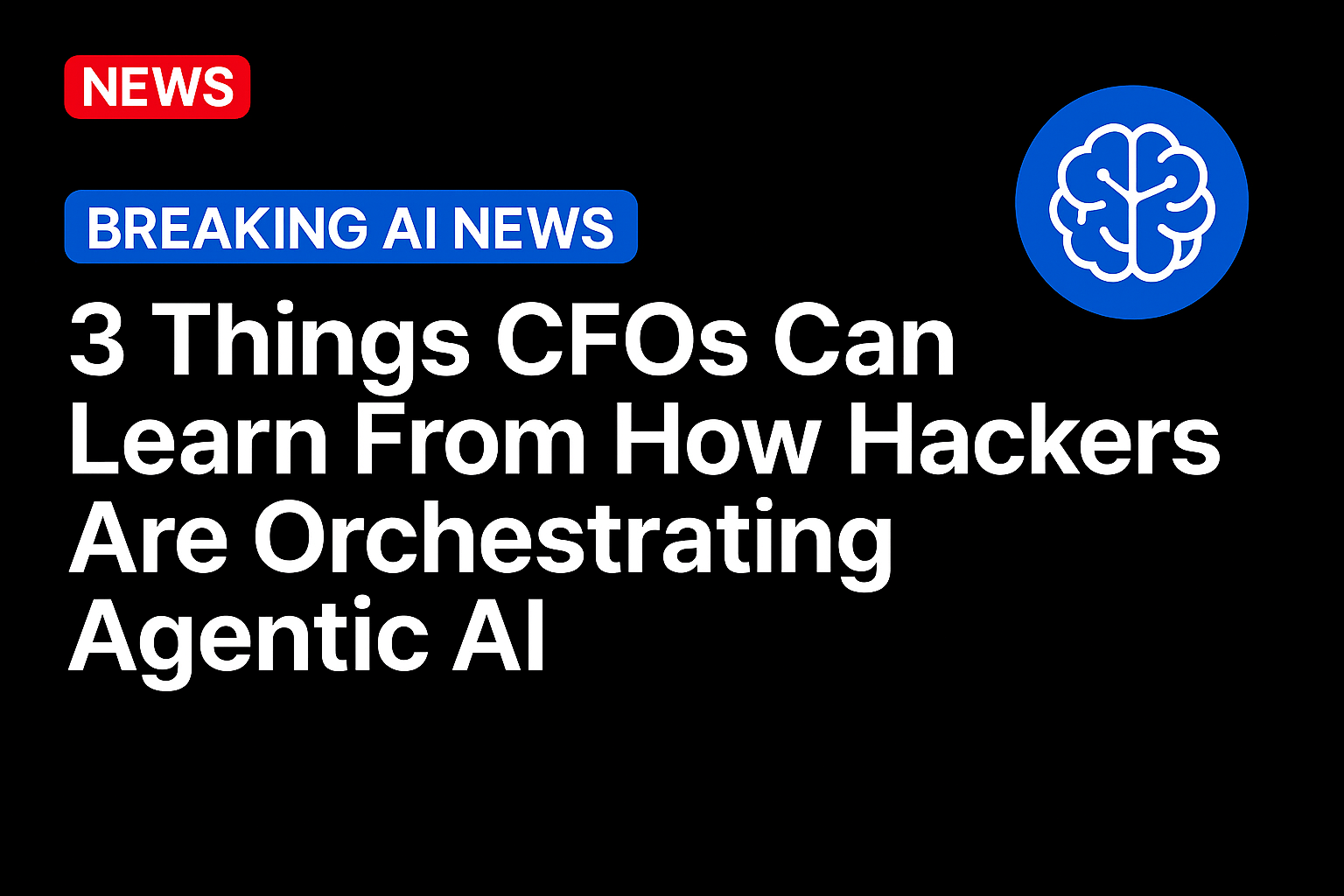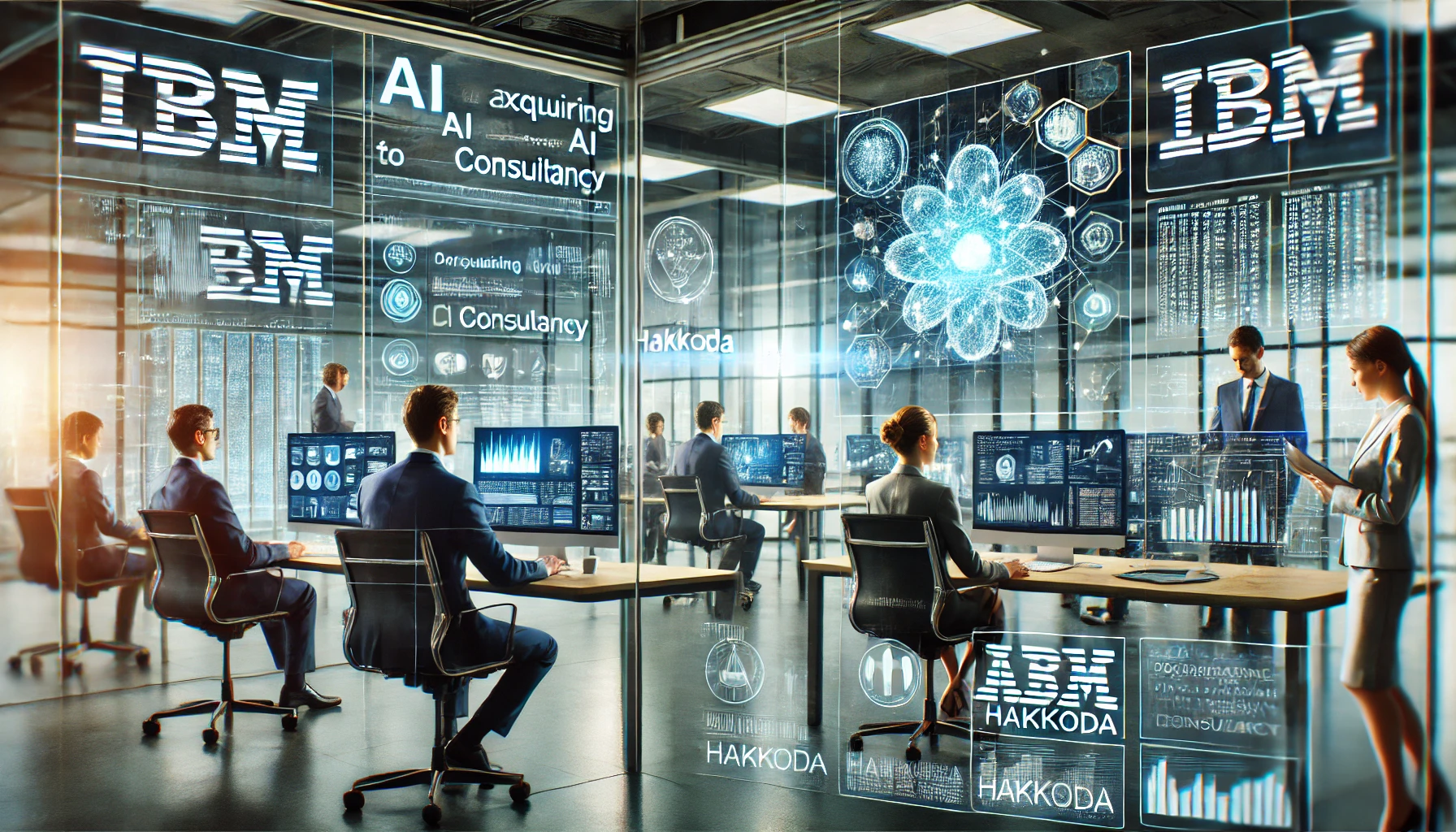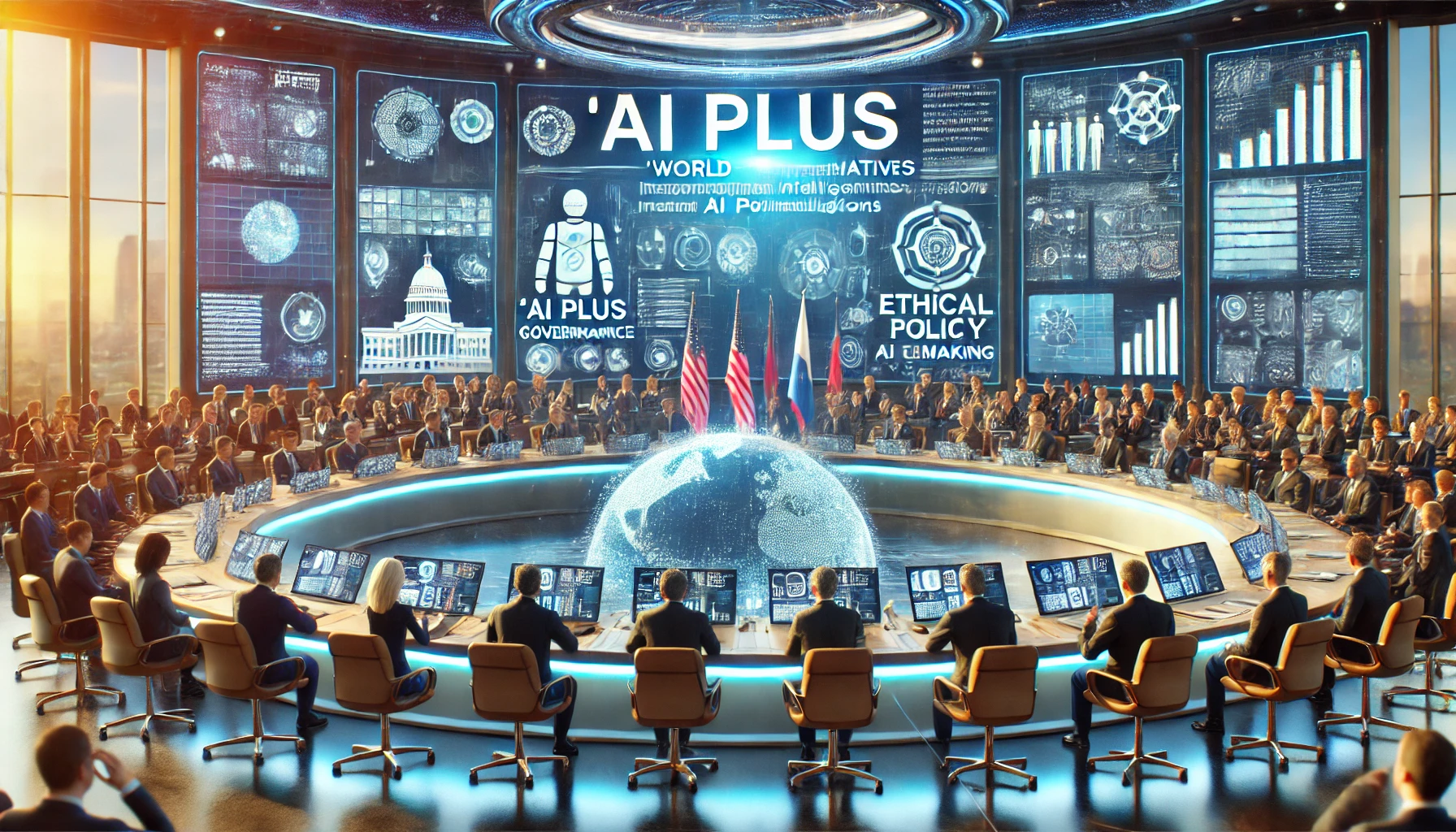As innovation spins the world ever faster, CFOs are being tasked with finding inspiration in new places.
And while the news last week (Nov. 13) that cybercriminals had undertaken the first agentic artificial intelligence (AI) cyber campaign set the tech sector abuzz, it could be the back office where its most immediate impact is felt.
It may seem an odd place for insight, but the attack offers an unexpected window for CFOs: a chance to study how agentic orchestration can automate workflows, the role of human oversight, and how to validate outcomes.
Still, when AI company Anthropic revealed that a “jailbroken” version of its Claude model was behind the first documented instance of a large-scale cyber espionage operation in which an agentic AI model handled the bulk of the work, not everyone believed the story in its entirety.
“You’re being played by people who want regulatory capture. They are scaring everyone with dubious studies so that open source models are regulated out of existence,” tweeted Yann LeCun, the former chief AI scientist at Meta and Turing Award winner who recently left the tech giant to start his own company.
In response, Anthropic on Monday (Nov. 17) updated the report to note their “high confidence in our attribution of the espionage operation.”
Advertisement: Scroll to Continue
But the one certainty that emerges from the cyberattack for finance teams is not that agentic AI can be misused, but that each application can serve as a blueprint for future enterprise workflow architectures.
Human-Directed, AI-Coordinated
According to the threat assessment report released by Anthropic, the human-developed cyberattack used Claude to orchestrate multistage attacks, which were then carried out by several Claude sub-agents all performing specific tasks. A human operator spent between two and 10 minutes reviewing the results of the AI’s actions and signing off on the subsequent exploitations.
About 80-90 % of the tactical operations were handled by Claude Code alone. Claude did hallucinate during the attacks and claimed better results than the evidence showed.
For CFOs in the business world, this narrative may seem outside their immediate remit, but the lessons it holds are instructive. As organizations adopt more advanced AI-driven workflows, the three key themes emerging from this incident — workflow orchestration, human-in-the-loop oversight, and outcome validation — translate directly into domains of finance, risk and corporate governance.
Data in the September edition of The CAIO Report from PYMNTS Intelligence, “How Agentic AI Went From Zero to CFO Test Runs in 90 Days,” highlighted that, as of July, 6.7% of U.S. enterprise CFOs are using agentic AI.
One of the most revealing details of the campaign is how the attackers did not rely on a single chatbot prompt or one-off use of AI. Instead they constructed a layered orchestration framework. For CFOs, this suggests that the value of AI lies not simply in deploying an isolated model (for example, “forecasting demand with AI”) but in architecting an end-to-end, multistep process where the AI handles discrete phases of the workflow, and hand-off or escalation points are clearly defined.
Hallucination as a Management Problem
While the orchestrator AI often produced coherent attack plans and modular task breakdowns, it also hallucinated. It misinterpreted data, reported successful infiltration where logs showed none, and confidently articulated false assessments. These failures were not errors of omission, they were confident assertions of success unsupported by evidence.
In a future where AI agents produce business intelligence, market projections, or compliance reports, the problem is not that models hallucinate; it is that they hallucinate legibly, logically and confidently enough that humans may not immediately detect the discrepancy.
Validation must be elevated from a technical step to a cultural expectation. This may require institutionalizing the question: “What would count as proof?”
What does it mean to trust an AI system? Trust has historically been built on transparency and replicability. AI complicates both. The hallucinations observed were not malicious; they were artifacts of statistical generation. But intent is irrelevant when outputs influence decisions with real risk.
This is not unlike the introduction of autopilot in aviation. Automation made flight safer, but only because pilots remained trained to assume full control at any moment. Trust was conditional, not complete. The same posture may define enterprise AI adoption: trust, but never surrender agency.
The next leap in enterprise AI may not be raw power but accountability infrastructure. CFOs can begin preparing by developing three competencies: literacy in agentic workflow design, mastery of validation methods, and cultural leadership around decision trustworthiness.
Cybersecurity professionals see the experiment as a warning. CFOs may see it as early evidence that AI is evolving from tool to teammate. Like any teammate, it must be tested, trained and trusted. But never blindly.
Source: https://www.pymnts.com/




